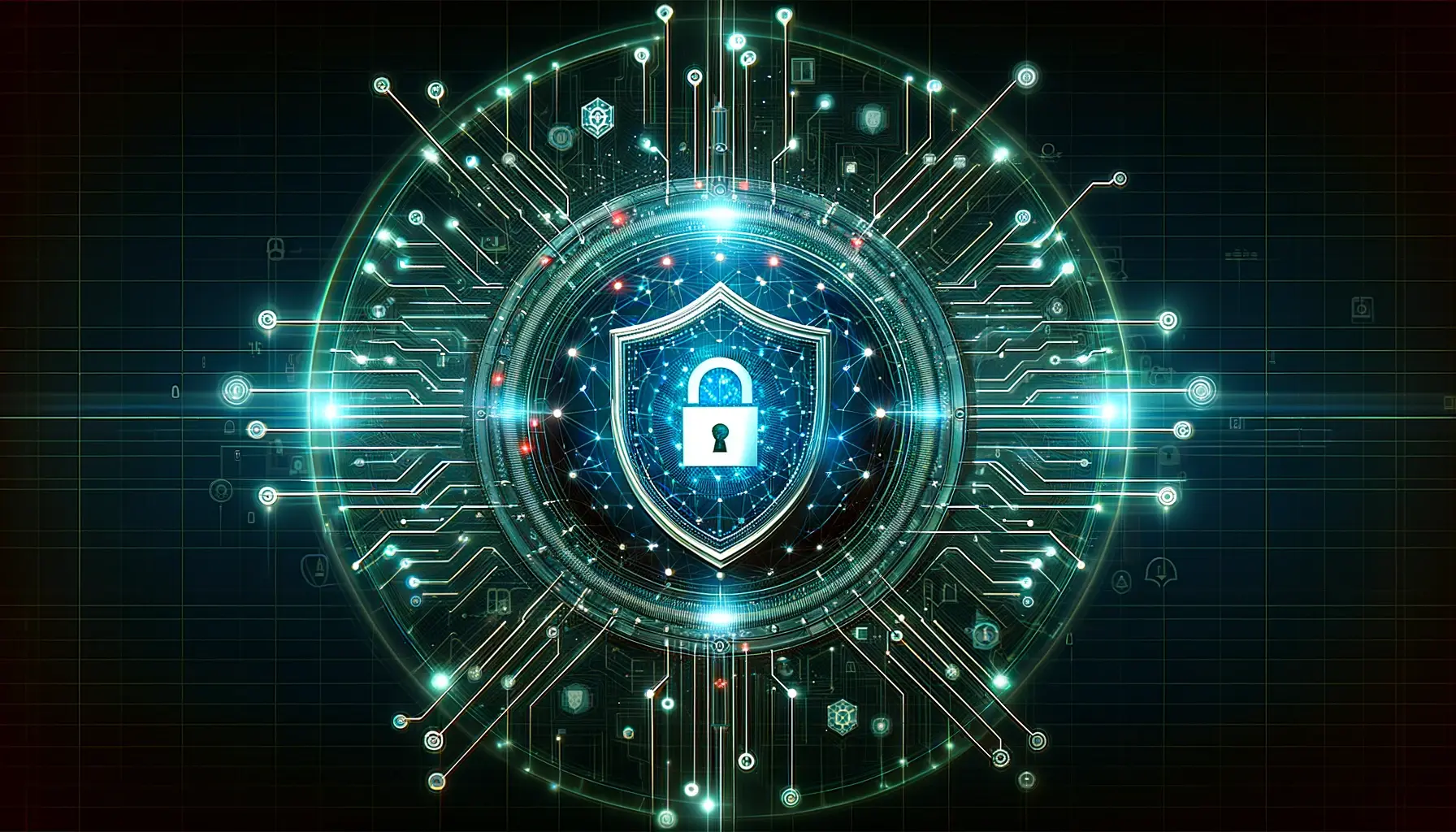11 min read
Top Technologies To Learn In 2024 And Beyond
Discover the top technologies in cybersecurity that are essential to learn for 2024 and beyond, and why they are in high demand.
2 min read
 The Amazing Team at Force One
:
Apr 16, 2024 1:12:31 PM
The Amazing Team at Force One
:
Apr 16, 2024 1:12:31 PM
In today's digital world, enhancing cyber defense strategies is crucial to protect against evolving threats. This blog explores the importance of utilizing glucose management indicators in strengthening cybersecurity measures.
Understanding cyber threats and actors is essential for effective cybersecurity. Cyber threats refer to potential dangers or risks to computer systems, networks, and data. These threats can include malware, phishing attacks, ransomware, and more. On the other hand, threat actors are individuals or organizations responsible for initiating these cyber threats. They can be hackers, cybercriminals, nation-states, or even insiders.
By understanding cyber threats and actors, organizations can identify potential vulnerabilities and develop appropriate defenses. This includes analyzing the motives, capabilities, and techniques of threat actors, as well as staying updated on the latest cyber threat intelligence.
Analyzing the cybersecurity landscape involves assessing the current state of cybersecurity and identifying potential risks and vulnerabilities. This includes evaluating the organization's existing security measures, such as firewalls, antivirus software, and intrusion detection systems.
Additionally, organizations need to stay informed about the latest cybersecurity trends and emerging threats. This can be done through threat intelligence feeds, industry reports, and information sharing with other organizations and cybersecurity communities.
Indicator management techniques play a crucial role in detecting and mitigating cyber threats. Indicators can be IP addresses, domain names, file hashes, or any other artifacts that can provide evidence of malicious activity.
Implementing indicator management techniques involves collecting, analyzing, and correlating indicators from various sources, such as threat intelligence feeds, security logs, and incident reports. This helps organizations identify potential threats and take proactive measures to prevent or respond to attacks.
Leveraging cyber defense strategies is essential for protecting against evolving threats. This includes implementing multiple layers of defense, such as network segmentation, access controls, and encryption.
Organizations should also focus on continuous monitoring and incident response capabilities to quickly detect and respond to cyber incidents. This can involve deploying security information and event management (SIEM) systems, conducting regular vulnerability assessments, and conducting penetration testing.
Furthermore, organizations should adopt a proactive approach to cybersecurity by staying updated on the latest threat intelligence and sharing information with other organizations. This can help identify and mitigate emerging threats before they cause significant damage.
Enhancing cybersecurity operations involves optimizing the processes and procedures related to cybersecurity. This includes establishing clear roles and responsibilities, streamlining incident response workflows, and ensuring effective communication and collaboration among cybersecurity teams.
Organizations should also invest in training and education programs to ensure their personnel have the necessary skills and knowledge to protect against cyber threats. Additionally, implementing automation and machine learning technologies can help improve the efficiency and accuracy of cybersecurity operations.
By continuously enhancing cybersecurity operations, organizations can better protect their systems, data, and networks from cyber threats and minimize the potential impact of security incidents.
Also Read: Understanding Insider Threats
If you're interested in more job tips and ways to advance your career in the cybersecurity field, check out more details at ForceOne Cybersecurity. Together, we can build a safer digital future.
FAQs
What are cyber threats?
Cyber threats are potential dangers or risks to computer systems, networks, and data, including malware, phishing attacks, ransomware, and more.
Who are threat actors?
Threat actors are individuals or organizations responsible for initiating cyber threats, including hackers, cybercriminals, nation-states, or insiders.
What is indicator management in cybersecurity?
Indicator management involves collecting, analyzing, and correlating artifacts like IP addresses, domain names, and file hashes to identify and mitigate malicious activity.
What constitutes a cyber defense strategy?
A cyber defense strategy includes implementing multiple layers of defense, such as network segmentation, access controls, encryption, and continuous monitoring.
How can organizations enhance their cybersecurity operations?
Organizations can enhance cybersecurity operations by establishing clear roles, streamlining incident response workflows, and investing in personnel training and advanced technologies like automation and machine learning.

11 min read
Discover the top technologies in cybersecurity that are essential to learn for 2024 and beyond, and why they are in high demand.

3 min read
The Cybersecurity Framework: Safeguarding the Digital FrontierIntroduction:Cyber threats have become a major concern in our digitalized world, and...

9 min read
Discover the top-paying jobs in the cybersecurity industry and how you can pursue a lucrative career in this field.